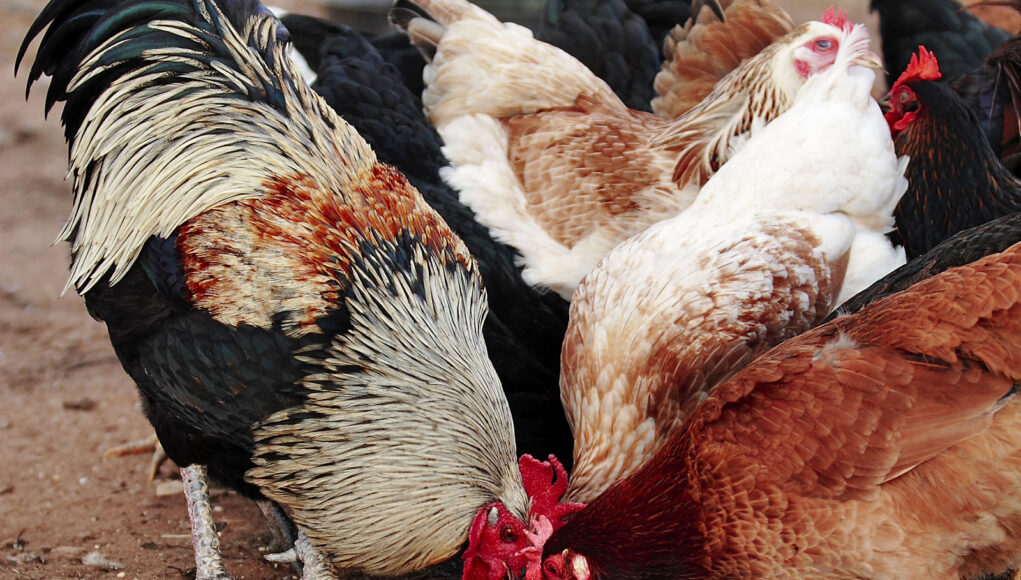Owning chickens can be a delightful experience. However, certain conditions like scissor beak need special attention. If you’re wondering how to feed a scissor beak chicken, this guide will provide all the information you need.

Understanding Scissor Beak
Scissor beak is a condition where a chicken’s beak is misaligned. This affects their ability to eat and drink properly.

Causes of Scissor Beak
There are several factors responsible for scissor beak including genetics, injury, and developmental issues.
Genetic Factors
Some chickens are born with deformities that cause scissor beak.
Injury
Accidents and injuries can also lead to scissor beak in chickens.
Developmental Issues
Improper development during the chick phase can sometimes lead to scissor beak.

Identifying Scissor Beak
It’s crucial to identify scissor beak early. Look out for issues with eating, drinking or noticeable beak misalignment.Learn more

Feeding Challenges
One of the biggest challenges of owning a scissor beak chicken is ensuring they get the right nutrition.
Difficulty in Picking Up Food
Due to the misalignment, scissor beak chickens may struggle to pick up food.
Weight Loss
If they can’t eat properly, scissor beak chickens may suffer from weight loss and malnutrition.
Tremendous Solutions for Feeding
Luckily, there are several ways to ensure your scissor beak chicken gets the nutrition it needs.
Soft Food Choices
Providing soft, easy-to-eat foods can help your chicken eat more effectively.Mini-size chicken breed
Hand Feeding
Hand feeding your chicken ensures they are getting enough food.
Special Feeding Equipment
Using special feeders can assist in making food more accessible for scissor beak chickens.
Regular Check-Ups
Make sure to keep regular vet appointments to monitor the condition and health of your chicken.Best tasting chickens
Dietary Recommendations
Knowing what to feed your scissor beak chicken is extremely important.Jumbo egg layers
High-Protein Feeds
Ensure a diet high in protein to help with overall health and beak development.
Supplemental Vitamins
Vitamins can help with the growth and development of your chicken, easing some of the complications of scissor beakLongest-living chickens.
Soft Grains and Pellets
Soft grains and specially designed pellets can make eating easier for scissor beak chickens.
Maintaining Beak Health
Properly maintaining the beak is crucial for scissor beak chickens.
Trimming and Filing
Regular trimming and filing of the beak can help align it better.
Veterinary Support
Get professional help for severe cases or if you’re unsure about the best care techniques.
Behavior Monitoring
Monitoring your chicken’s behavior is essential to catch any health issues early.
Eating Habits
Keep an eye on how much and how often your chicken is eating.
Activity Levels
Watch for any changes in activity levels which may indicate health issues.
Q&A Section
How often should I trim my scissor beak chicken’s beak?
It depends on the severity of the misalignment, but generally, every few weeks is recommended.
Can a scissor beak chicken live a normal life?
Yes, with proper care and attention, a scissor beak chicken can live a healthy and fulfilling life.
Is scissor beak painful for chickens?
While it can cause difficulties in eating and drinking, scissor beak itself is not usually painful if properly managed.
As an Amazon Associate, I earn from qualifying purchases.









